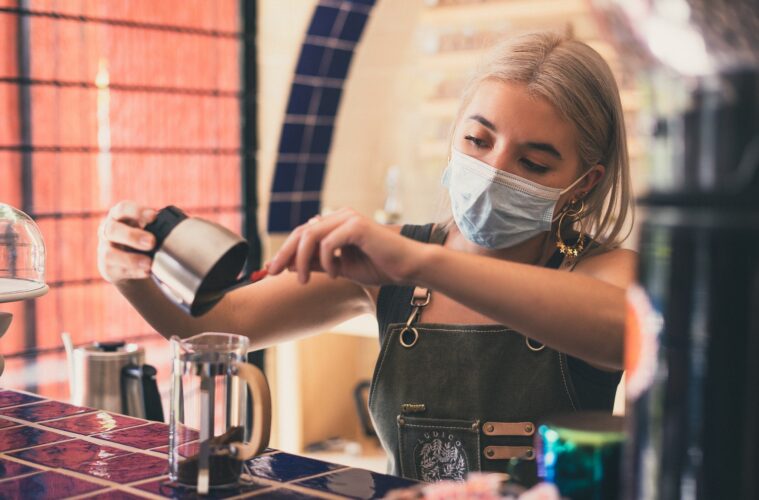When choosing laboratory countertops, the most pressing question to consider is what type of experiments will be done on those counters. You will need to choose countertops that are preventative or resistant to any danger which may occur, or any materials or chemicals used which could damage the counters. There are a myriad of surface types to suit any preventive measure, depending on the level of resistance you need. The surface you choose will then depend on the type of laboratory work you will be doing. A high school science classroom will not, for example, be using highly dangerous or corrosive chemicals, but will need fire-resistant or self-extinguishing surfaces with high durability that are easy to clean. A cosmetics lab will not require a high resistance to strong chemicals. A lab that develops or studies cleaning agents will need a high chemical resistance and a non-porous surface that is highly resistant to flame. Consider also the potential danger that can occur based on the type of experiments that will be done there as well as the general, long-term damage that may occur.
Stainless Steel is chemical resistant and non-porous with a very high level of durability. It is low carbon steel made from chromium and nickel. 304 type is resistant to corrosion, oxidation, and is easy to clean. 316 type has a higher level of durability, a higher chemical resistance, and is generally more expensive than the 304. Stainless steel is costly, but is incredibly long-lasting. Out of all the possible surfaces for laboratory countertops, stainless steel has the highest resistance to heat and moisture. The downside to stainless steel is its propensity to dent on impact–so consider if your lab will be host to any experiments involving force or potential force (including but not limited to the general damage which could occur in high school classrooms from carelessness or lack of attention).
Epoxy Resin has a high resistance to commonly used lab chemicals such as solvents, acids, and alcohol as well as bacteria and fungi. It is self-extinguishing, which means that fire is extinguished immediately, and does not corrode. It is a good choice for any lab which studies or uses harsh chemicals.
Phenolic Resin is chemical and bacterial resistant, making it ideal for microbial or chemical labs. It is made by soaking kraft paper in phenolic resin and then exposed to a high level of heat. It is also UV resistant and able to tolerate high levels of sunlight. Phenolic Resin is also non-porous and bacteria resistant.
Laminate is cost effective but offers some drawbacks as it is neither burn nor scratch resistant. It has moderate resistance to chemicals and little resistance to bacteria. There are actually two types of laminate: chemical laminate and high pressure laminate. They are ideal for testing labs in which harsh or corrosive agents are not used.
With all this in mind, make your choice of laboratory surface while carefully considering both the special needs of your lab and your budget. And remember — picking the right surface means picking the safest surface!

